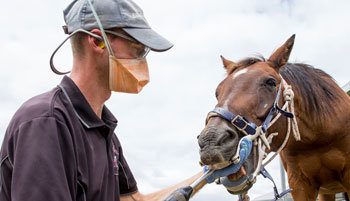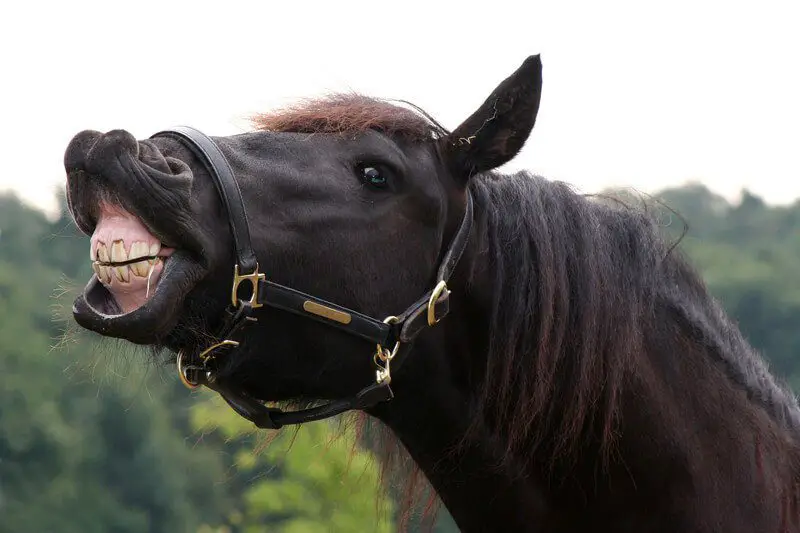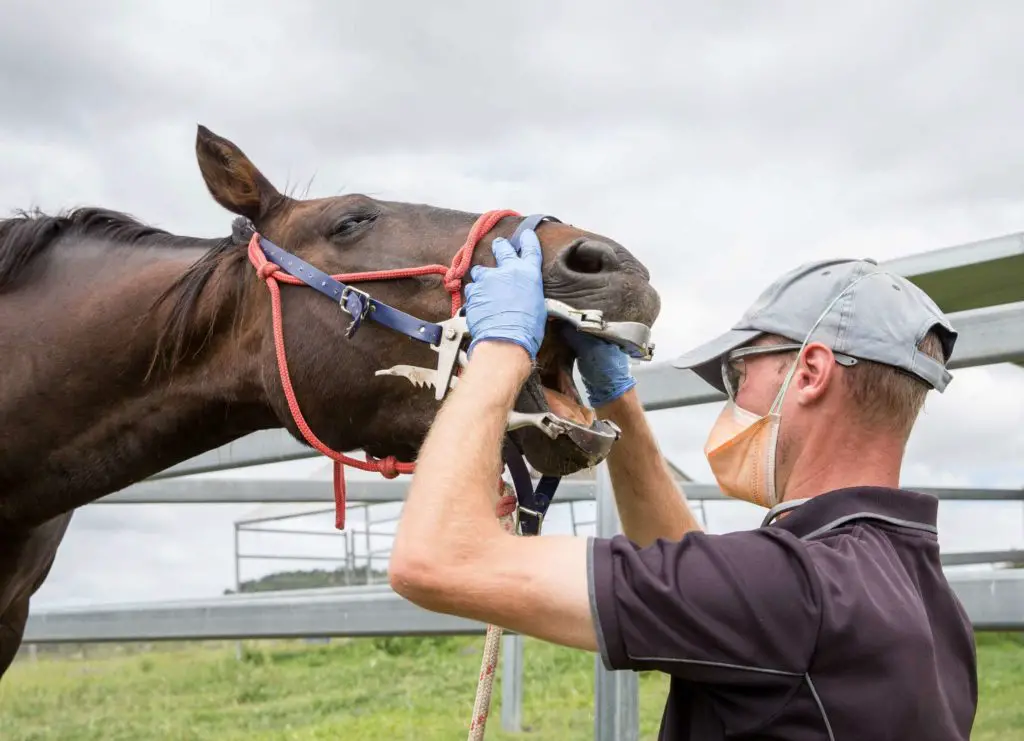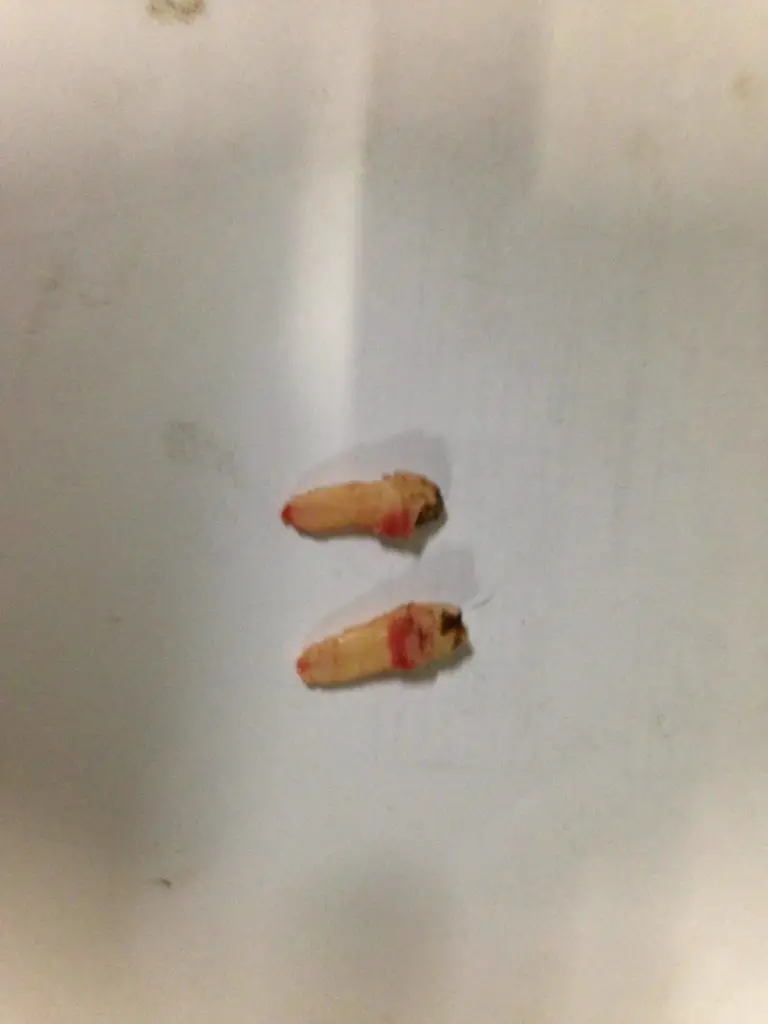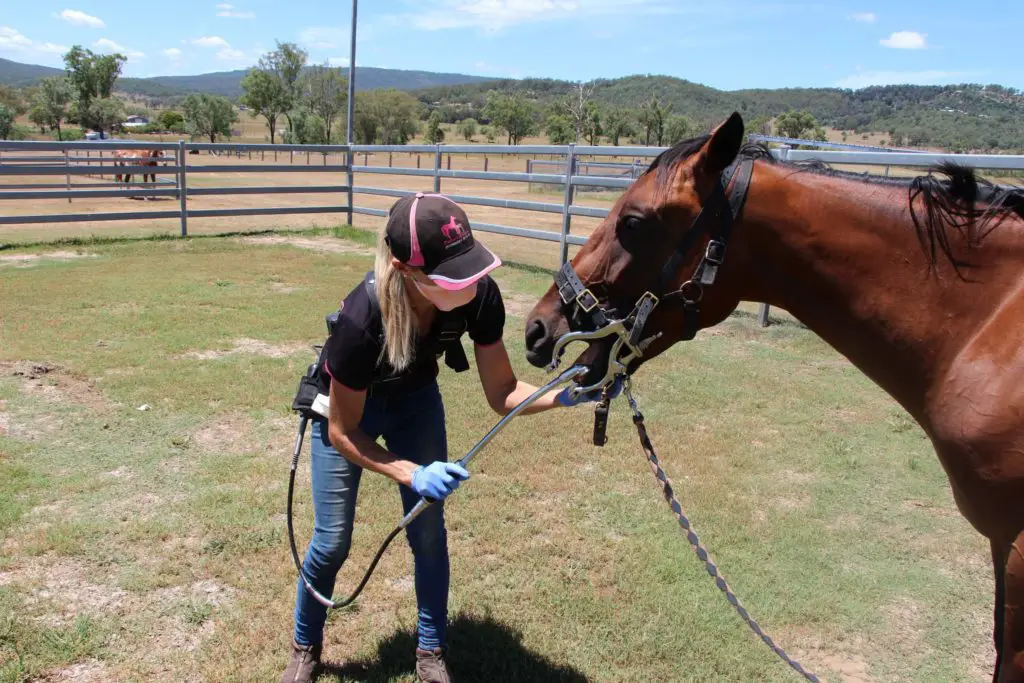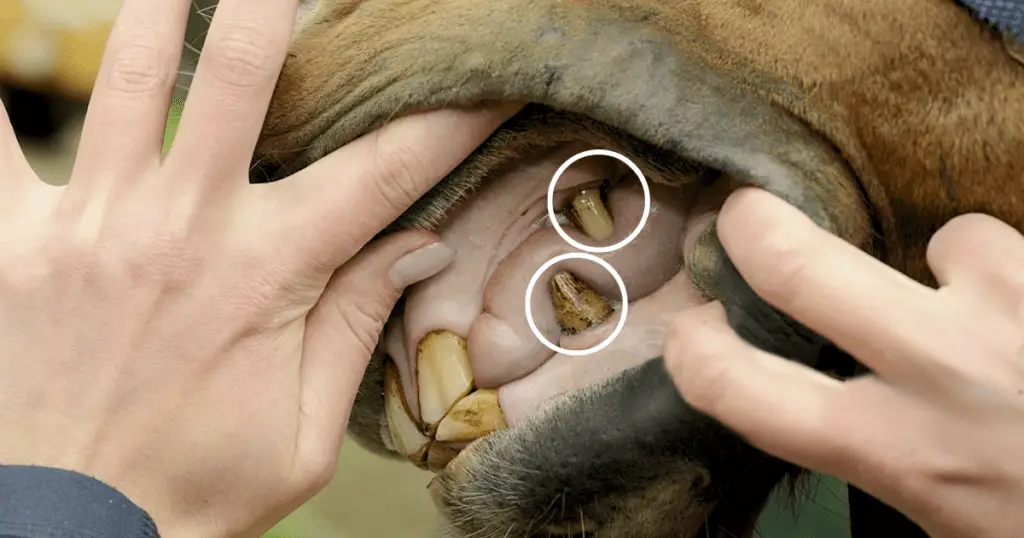Does the tooth fairy come to horses?
Yes, the tooth fairy does come to horses, but not how you may expect. At Exclusively Equine, we have a team of tooth fairies – better known as qualified equine dental veterinarians – who will care for your horse’s teeth during their dental examination. At Exclusively Equine, we recommend that all horses receive their first […]

